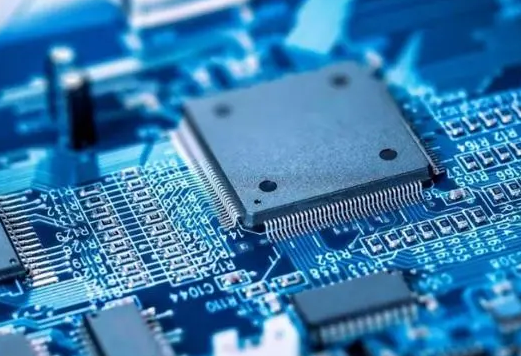What are the common fault manifestations of iC chips?
Date:2024-09-20 15:00:00 Views:2733
IC chipDamage to integrated circuit chips can lead to various malfunctions, depending on the functionality and application of the chip. Here are some common fault manifestations:

1. Functional failure
· Overall failureThe chip is completely malfunctioning, causing the entire circuit or device to fail to start.
· Partial functional failureSome functional modules of the chip fail, which may cause some functions of the device to be unable to function properly.
2. Performance degradation
· Slow response speedChip damage may result in slower processing speed and affect device response time.
· Signal interferenceDamaged chips may generate noise or interference, affecting the quality and stability of the signal.
3. Error data output
· data errorChips may output incorrect results when processing data, leading to system malfunctions or instability.
· Random restartIn some cases, chips may cause frequent device restarts or crashes.
4. Power issue
· Excessive power consumptionDamaged chips may cause abnormal increases in power consumption, affecting the power management of the device.
· Short circuit or overloadA short circuit inside the chip may cause current overload, further damaging other components.
5. Abnormal temperature
· overheatedDamaged chips may generate abnormal heat, causing equipment overheating and even posing safety hazards.
6. Communication malfunction
· Interface failureIf the chip is responsible for communication (such asDamage to USB, I2C, SPI, etc. may result in the device being unable to communicate with other devices.
7. Physical damage
· Appearance damageThe chip may experience physical damage, such as cracks, burns, etc., which can affect the overall appearance and functionality.
conclusion
IC chip damage may lead to various malfunctions of the device, affecting its normal operation and performance. It is very important to regularly inspect and maintain equipment, ensure stable power supply, and use appropriate protective measures (such as overcurrent protection, over temperature protection, etc.) to avoid these problems.




 Weixin Service
Weixin Service

 DouYin
DouYin
 KuaiShou
KuaiShou





















